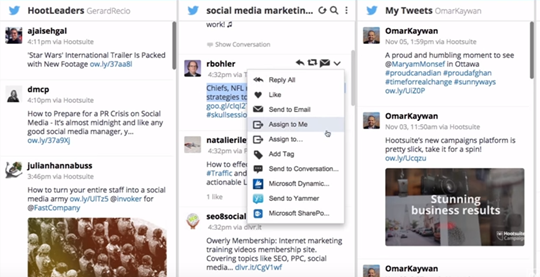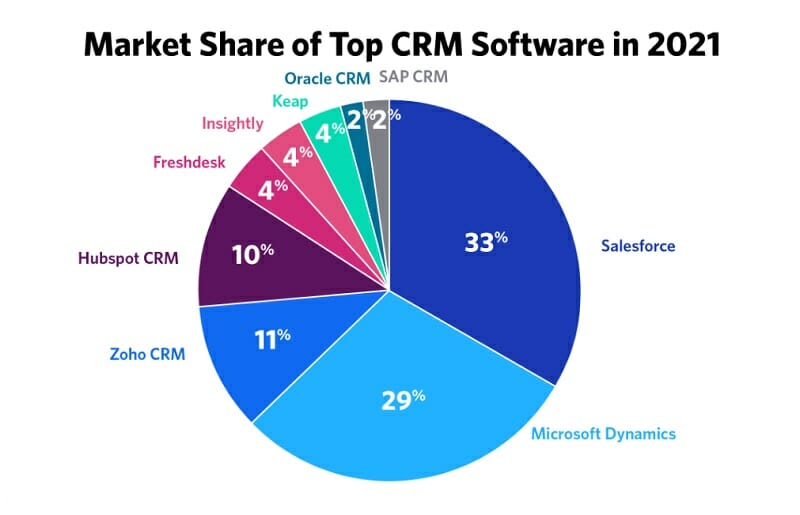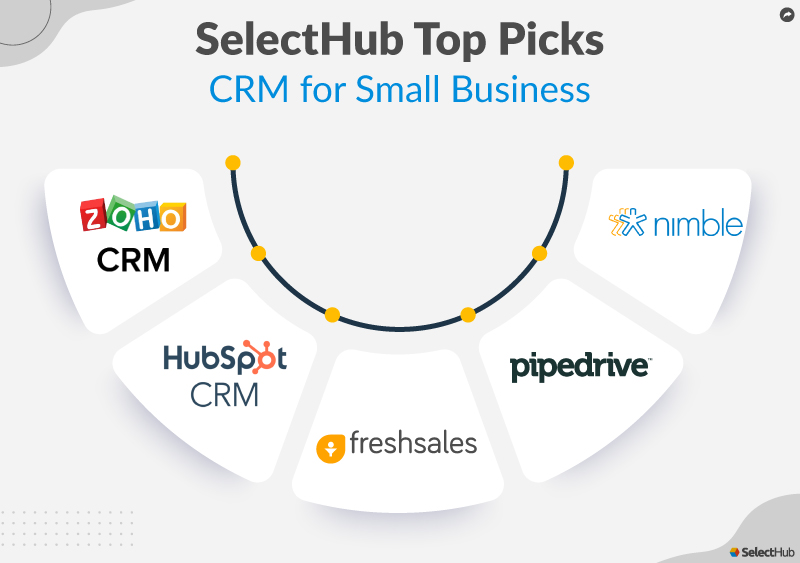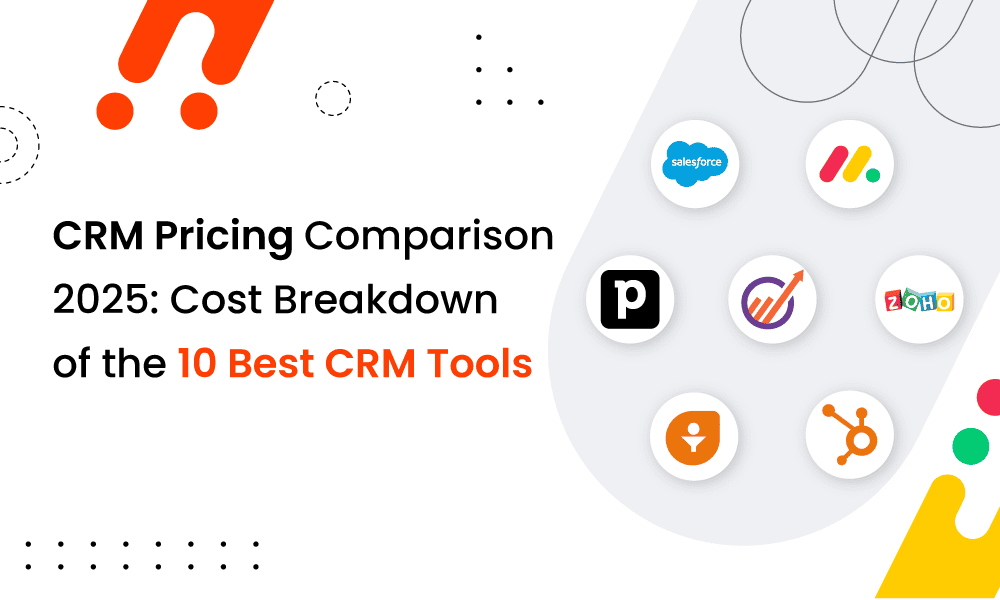Small Business CRM Updates 2025: Navigating the Future of Customer Relationships

Small Business CRM Updates 2025: Navigating the Future of Customer Relationships
The world of customer relationship management (CRM) is constantly evolving, and for small businesses, staying ahead of the curve is no longer optional – it’s essential. As we look ahead to 2025, the landscape is set to transform even further, driven by technological advancements, changing customer expectations, and the ever-present need for efficiency and profitability. This article dives deep into the anticipated updates, trends, and strategies that small businesses need to embrace to thrive in the coming years. We’ll explore the key features, the potential benefits, and how to choose the right CRM to propel your business forward.
The Shifting Sands of CRM: What to Expect in 2025
The core purpose of CRM – to manage and improve customer relationships – remains unchanged. However, the *how* is undergoing a radical transformation. In 2025, we can anticipate significant shifts in several key areas:
1. Artificial Intelligence (AI) Takes Center Stage
AI won’t just be a buzzword; it will be deeply integrated into the fabric of CRM systems. Expect AI-powered features to become commonplace, automating tasks, providing deeper insights, and personalizing customer interactions. Here’s a glimpse:
- Predictive Analytics: AI will analyze customer data to predict future behavior, allowing businesses to anticipate needs and proactively offer relevant products or services. This includes predicting churn, identifying upsell opportunities, and optimizing marketing campaigns.
- Automated Customer Service: Chatbots and virtual assistants will become more sophisticated, capable of handling complex customer inquiries and resolving issues without human intervention. This frees up human agents to focus on more complex or sensitive cases.
- Personalized Recommendations: AI will analyze customer preferences and past interactions to provide hyper-personalized product recommendations, content suggestions, and marketing messages.
- Data Enrichment: AI will automatically enrich customer profiles with data from various sources, providing a more comprehensive understanding of each customer.
2. Enhanced Automation and Workflow Optimization
Automation is already a key feature of many CRM systems, but in 2025, it will be taken to the next level. The goal is to streamline workflows, eliminate manual tasks, and free up employees to focus on higher-value activities. This includes:
- Automated Lead Scoring and Qualification: AI will automatically score and qualify leads based on pre-defined criteria, ensuring that sales teams focus their efforts on the most promising prospects.
- Automated Sales Sequences: CRM systems will automatically trigger a series of emails, calls, and other touchpoints based on customer behavior and stage in the sales cycle.
- Automated Reporting and Analytics: AI will generate automated reports and dashboards, providing real-time insights into key performance indicators (KPIs) and allowing businesses to make data-driven decisions.
- Integration with other Business Systems: Seamless integration with other business systems, such as accounting software, marketing automation platforms, and e-commerce platforms, will further streamline workflows and eliminate data silos.
3. The Rise of Mobile CRM and Remote Work
The shift towards remote work and mobile access will continue to shape the CRM landscape. In 2025, expect CRM systems to be fully optimized for mobile devices, allowing employees to access and manage customer data from anywhere, at any time. This will include:
- Mobile-First Design: CRM interfaces will be designed with mobile devices in mind, providing a seamless and intuitive user experience on smartphones and tablets.
- Offline Access: The ability to access and update customer data even without an internet connection will become increasingly important, especially for sales representatives who spend a lot of time in the field.
- Improved Collaboration Tools: Mobile CRM systems will include enhanced collaboration tools, allowing team members to easily share information, communicate, and collaborate on customer-related tasks.
4. Focus on Data Privacy and Security
With increasing concerns about data privacy and security, CRM systems in 2025 will place a strong emphasis on protecting customer data. This will include:
- Robust Security Measures: CRM providers will implement advanced security measures, such as encryption, multi-factor authentication, and regular security audits, to protect customer data from cyber threats.
- Compliance with Data Privacy Regulations: CRM systems will be designed to comply with data privacy regulations, such as GDPR and CCPA, and will provide tools to help businesses manage customer data in a compliant manner.
- Transparency and Control: Customers will have greater control over their data, with the ability to access, modify, and delete their information.
5. Hyper-Personalization and Customer Experience
Personalization has moved beyond simply addressing customers by name. In 2025, CRM systems will enable businesses to deliver hyper-personalized experiences that cater to individual customer preferences, needs, and behaviors. This includes:
- Personalized Content and Recommendations: Delivering highly relevant content, product recommendations, and marketing messages based on individual customer profiles.
- Customized Customer Journeys: Creating personalized customer journeys that guide customers through the sales funnel and provide tailored support at every stage.
- Proactive Customer Service: Anticipating customer needs and proactively offering assistance before they even realize they need it.
- Omnichannel Experience: Providing a seamless and consistent customer experience across all channels, including email, phone, chat, social media, and in-person interactions.
Key Features to Look for in a CRM System in 2025
When choosing a CRM system for your small business in 2025, prioritize features that align with the trends and advancements discussed above. Here are some must-have features:
- AI-Powered Analytics and Insights: Look for a CRM that leverages AI to provide predictive analytics, automated reporting, and actionable insights.
- Advanced Automation Capabilities: Choose a CRM that offers robust automation features to streamline workflows, automate tasks, and improve efficiency.
- Mobile-First Design and Functionality: Ensure that the CRM is fully optimized for mobile devices, with a user-friendly interface and offline access capabilities.
- Strong Security Measures and Data Privacy Controls: Prioritize a CRM that prioritizes data security and privacy, with robust security measures and compliance with data privacy regulations.
- Seamless Integration with Other Business Systems: Choose a CRM that integrates seamlessly with other business systems, such as accounting software, marketing automation platforms, and e-commerce platforms.
- Customization and Flexibility: Select a CRM that can be customized to meet the specific needs of your business and that can adapt to changing requirements.
- User-Friendly Interface and Ease of Use: Opt for a CRM that is easy to use and navigate, with a clean and intuitive interface.
- Scalability: Choose a CRM that can scale with your business as it grows.
- Excellent Customer Support: Ensure that the CRM provider offers excellent customer support, including training, documentation, and ongoing assistance.
Benefits of Implementing a Modern CRM for Small Businesses
Investing in a modern CRM system can yield significant benefits for small businesses. Here are some of the key advantages:
1. Improved Customer Relationships
At its core, a CRM helps businesses build stronger relationships with their customers. By centralizing customer data and providing a 360-degree view of each customer, CRM systems enable businesses to:
- Personalize Interactions: Tailor communications and offers to individual customer preferences and needs.
- Provide Proactive Support: Anticipate customer needs and offer assistance before they even ask for it.
- Build Trust and Loyalty: Demonstrate that you understand and care about your customers.
2. Increased Sales and Revenue
A well-implemented CRM system can significantly boost sales and revenue by:
- Improving Lead Management: Automatically capturing and qualifying leads, ensuring that sales teams focus on the most promising prospects.
- Streamlining the Sales Process: Automating sales tasks, such as follow-up emails and appointment scheduling, to free up sales reps’ time and improve efficiency.
- Identifying Upsell and Cross-sell Opportunities: Analyzing customer data to identify opportunities to sell additional products or services.
- Improving Sales Forecasting: Providing accurate sales forecasts to help businesses make informed decisions.
3. Enhanced Efficiency and Productivity
CRM systems streamline workflows and automate tasks, freeing up employees to focus on more strategic activities. This leads to:
- Reduced Administrative Burden: Automating repetitive tasks, such as data entry and report generation.
- Improved Collaboration: Providing a centralized platform for team members to share information and collaborate on customer-related tasks.
- Faster Decision-Making: Providing real-time insights into key performance indicators (KPIs) to help businesses make data-driven decisions.
4. Better Customer Service
CRM systems empower businesses to provide exceptional customer service by:
- Providing a 360-Degree View of the Customer: Enabling customer service agents to quickly access all relevant customer information, including past interactions, purchase history, and support requests.
- Personalizing Support Interactions: Tailoring support interactions to individual customer needs and preferences.
- Improving Response Times: Automating customer service tasks, such as ticket routing and issue resolution, to reduce response times.
- Increasing Customer Satisfaction: Providing prompt, efficient, and personalized support to improve customer satisfaction.
5. Data-Driven Decision Making
CRM systems provide valuable data and insights that can be used to make informed business decisions. This includes:
- Tracking Key Performance Indicators (KPIs): Monitoring key metrics, such as sales revenue, customer acquisition cost, and customer satisfaction, to track progress and identify areas for improvement.
- Analyzing Customer Behavior: Understanding customer preferences, needs, and behaviors to tailor marketing campaigns and product offerings.
- Identifying Trends and Opportunities: Recognizing trends and opportunities in the market to stay ahead of the competition.
Choosing the Right CRM for Your Small Business in 2025
Selecting the right CRM system is a critical decision for any small business. Here’s a step-by-step guide to help you choose the best CRM for your needs:
1. Define Your Needs and Objectives
Before you start looking at CRM systems, take the time to clearly define your business needs and objectives. What are your goals for implementing a CRM? What problems are you trying to solve? What features are essential for your business?
2. Research CRM Providers
Once you know your needs, research different CRM providers. Look for providers that offer features that align with your requirements and that have a good reputation in the market. Read reviews, compare pricing, and consider the provider’s customer support.
3. Evaluate CRM Features
Carefully evaluate the features of each CRM system. Consider the following:
- Core CRM Features: Contact management, lead management, sales force automation, and customer service.
- AI-Powered Features: Predictive analytics, automated customer service, and personalized recommendations.
- Automation Capabilities: Workflow automation, automated lead scoring, and automated sales sequences.
- Mobile Functionality: Mobile-first design, offline access, and improved collaboration tools.
- Integration Capabilities: Integration with other business systems, such as accounting software, marketing automation platforms, and e-commerce platforms.
- Customization Options: The ability to customize the CRM to meet your specific needs.
4. Consider Pricing and Implementation Costs
CRM systems vary in price, from free to very expensive. Consider your budget and the total cost of ownership, including implementation costs, training, and ongoing maintenance. Some systems offer tiered pricing based on the number of users and features.
5. Test Drive the CRM
Many CRM providers offer free trials or demos. Take advantage of these opportunities to test drive the CRM and see if it’s a good fit for your business. Get hands-on experience with the features and interface.
6. Consider Training and Support
Ensure that the CRM provider offers adequate training and support. Look for providers that offer online documentation, tutorials, and customer support to help you get the most out of the system.
7. Plan for Implementation and Data Migration
Implementing a CRM system can be a complex process. Develop a plan for implementation, including data migration, user training, and ongoing maintenance. Consider working with a consultant or CRM implementation specialist to help you with the process.
The Future is Now: Embracing CRM Updates for Small Business Success
The CRM landscape is poised for a significant transformation in 2025. Small businesses that embrace these updates and adapt to the changing environment will be well-positioned to thrive. By leveraging AI, automation, mobile technology, and a customer-centric approach, you can build stronger customer relationships, increase sales and revenue, and achieve long-term success.
Don’t wait until 2025 to start planning. Begin researching CRM systems, evaluating features, and developing a strategy for implementation. The sooner you embrace these changes, the sooner you can start reaping the benefits of a modern CRM system and propel your small business to new heights.
The journey towards CRM success in 2025 starts today. Take the first step and embark on a path of improved customer relationships, enhanced efficiency, and sustained growth.




